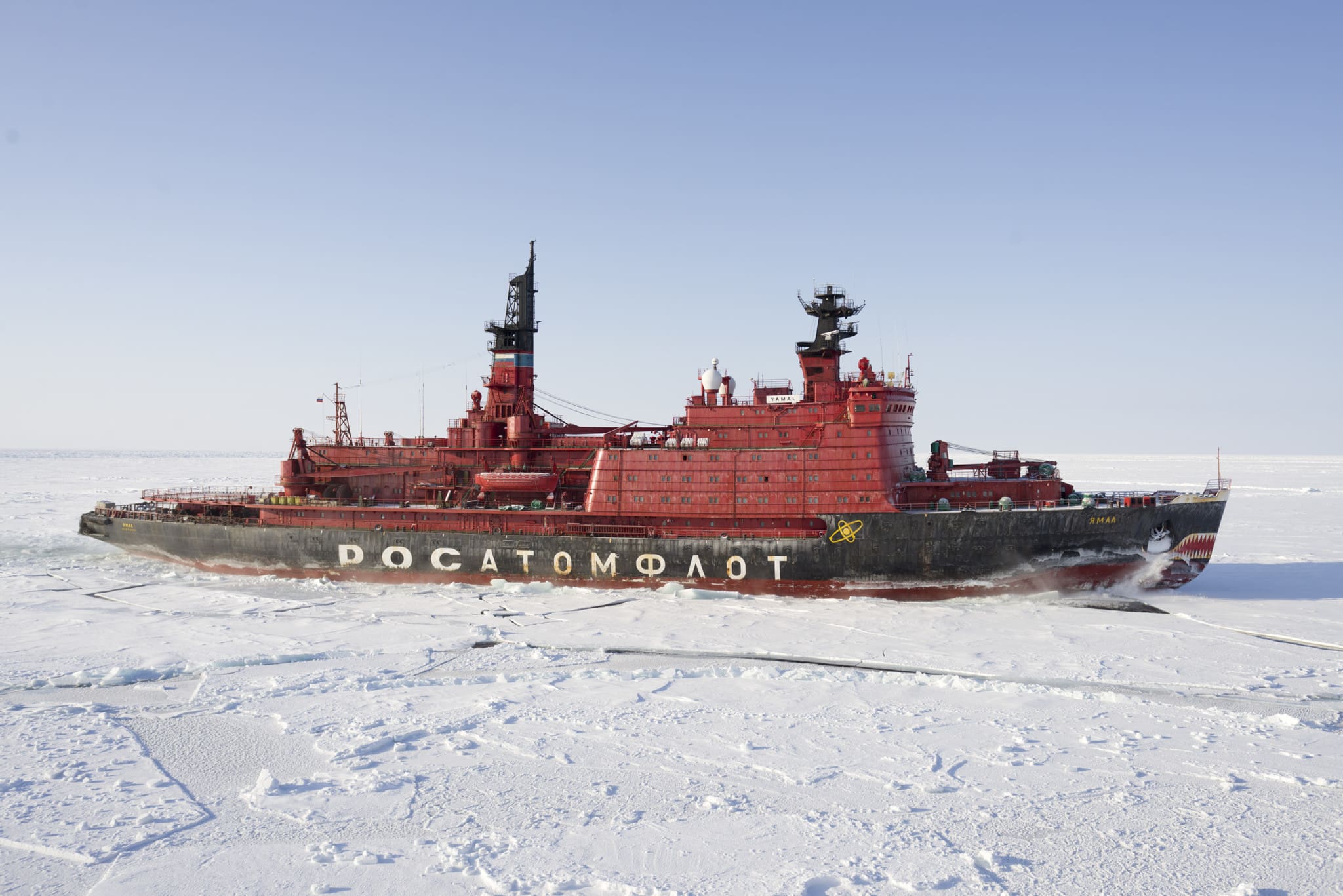The shortest sea route between Europe and Asia passes through the Arctic, but due to thick ice it is not traversable for most of the year. Russia has therefore decided to invest about $10 billion in the near future in order for the region to become an international transport corridor 365 days a year.
Developing the route will require a huge investment, but the potential profit will be even greater.
“The conditions need to be created for the North Sea route to become an international transit corridor”, said First Deputy Prime Minister Andrei Belousov, noting that to achieve this, the government needs to develop the appropriate infrastructure and modernize navigation systems in the region.
“We need to build a strong fleet, including an icebreaker fleet, port infrastructure, and state-of-the-art communication and navigation systems”, Belousov said.
For these reasons, the Russian government has already begun to build the world’s largest nuclear arctic icebreaker fleet; Belousov also explained that they plan to set up a digital platform that will allow shippers to track the movement of cargo.
The route, which runs the full length of Russia’s northern, arctic, and eastern regions, could become the main trade route for goods transported between Europe and Asia in the coming years, halving transport times compared to traditional Suez or Panamanian routes. This will result in significant cost reductions, so it is no coincidence that a country the size of a continent expects a large increase in the volume of freight transport from investment.
Moscow plans to be able to carry up to 80 million tons of cargo a year here by 2024, and by 2030 the route will be passable throughout the year, with 150 million tons of cargo flowing through the sea corridor in Russia’s exclusive economic zone each year. In addition, by 2030, the government would renovate all major transport corridors in the country, including the Trans-Siberian Railway and a motorway connecting Finland with Western Siberia.
Russia currently has four operational nuclear icebreakers that have been built since 1989 and one container ship with an ice-breaking bow, and at least another three icebreakers of the new Project 22220 are planned to be finished this year. The world’s first nuclear surface ship, the icebreaker Lenin, was launched in 1957. Although its original reactor suffered at least two reported coolant leakages, it was eventually replaced with a newer model. The ship served until 1989, when it was decommissioned because its hull had worn thin from ice friction.
Title image: The Russian nuclear icebreaker Yamal. (Tuomas Romu, WIkimedia Commons)






